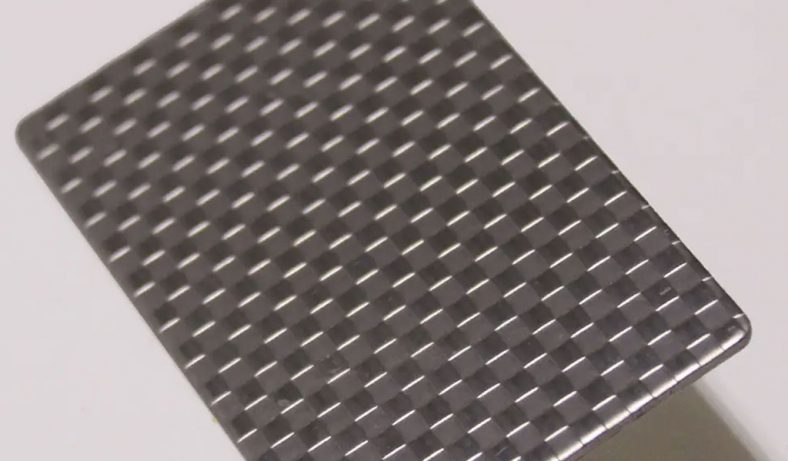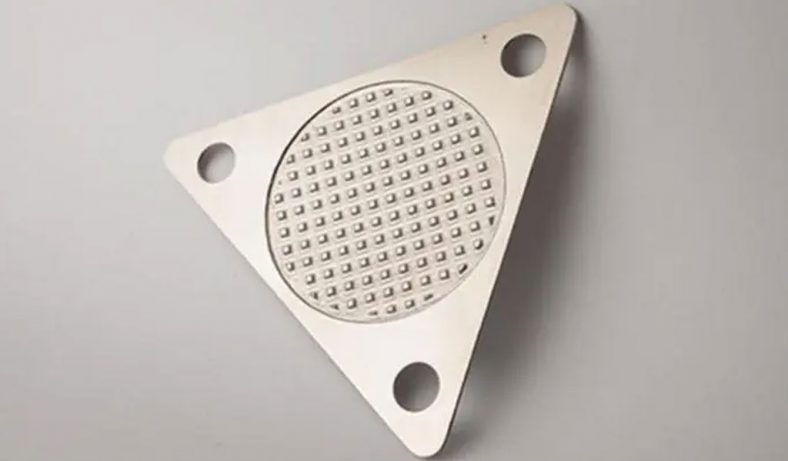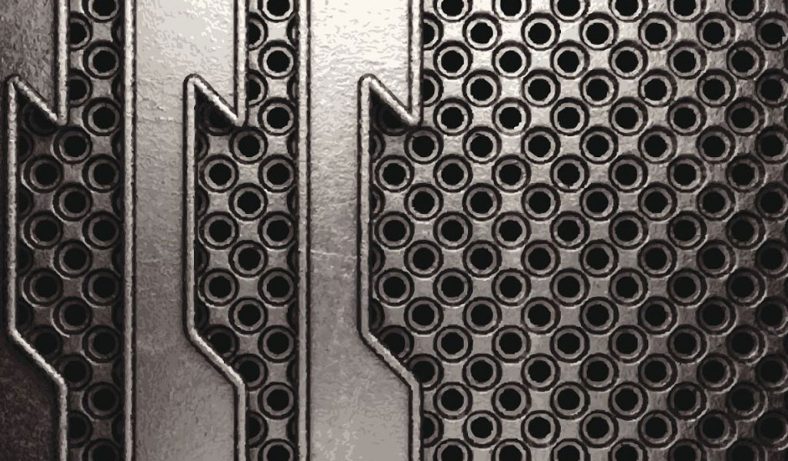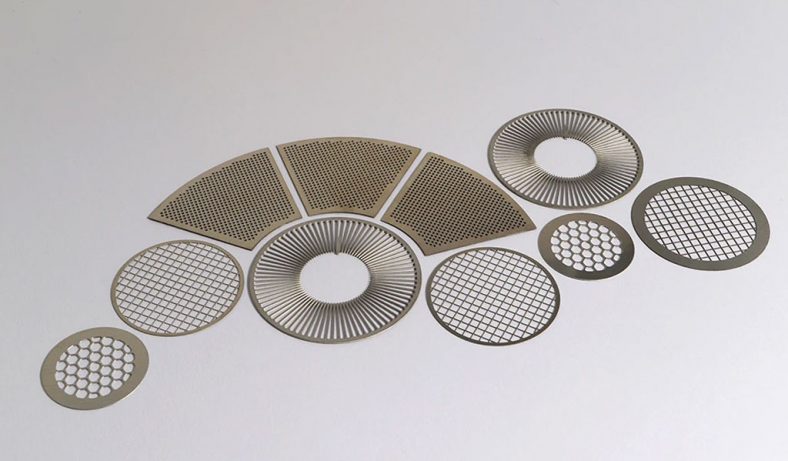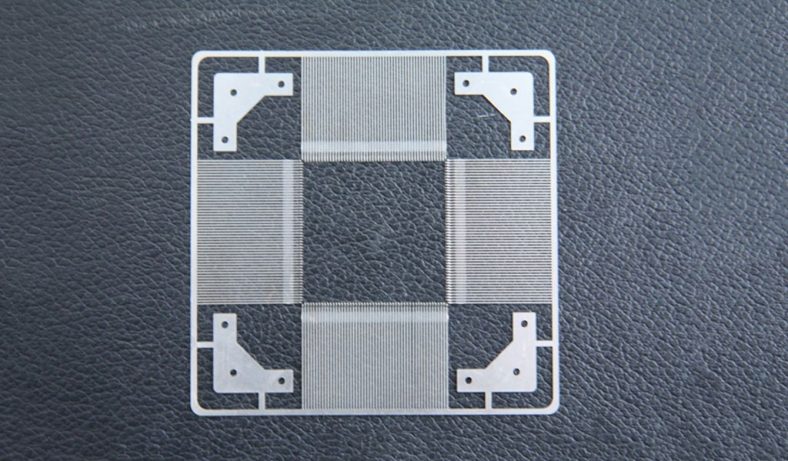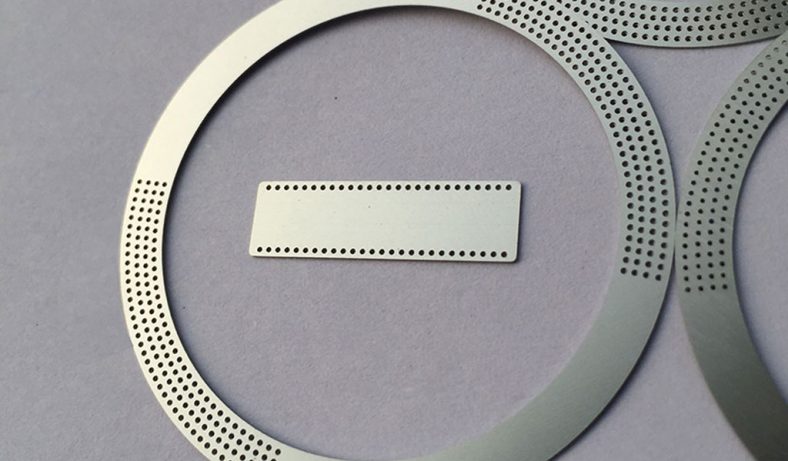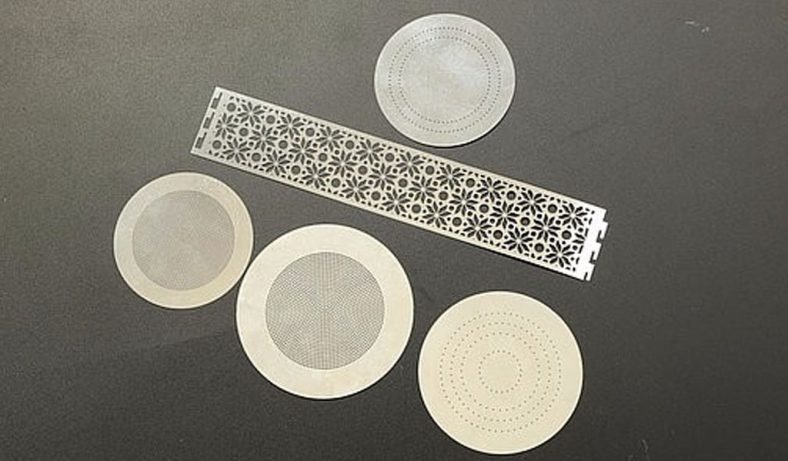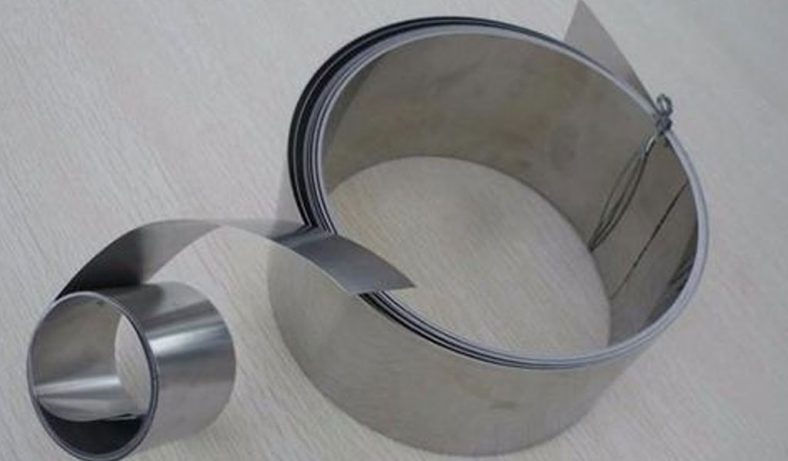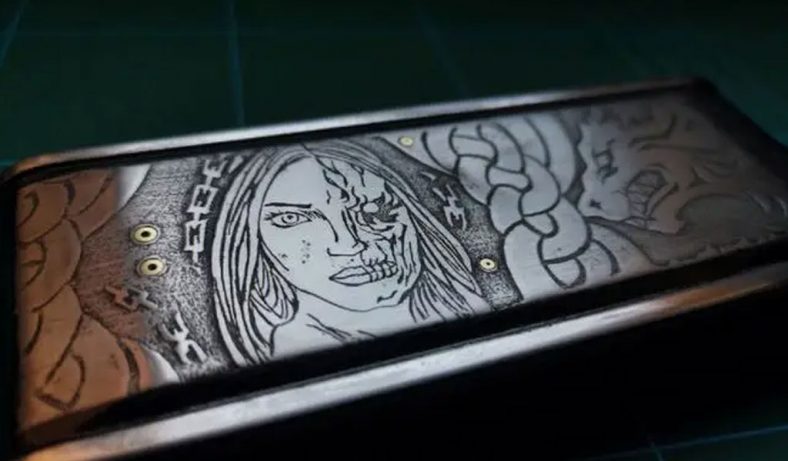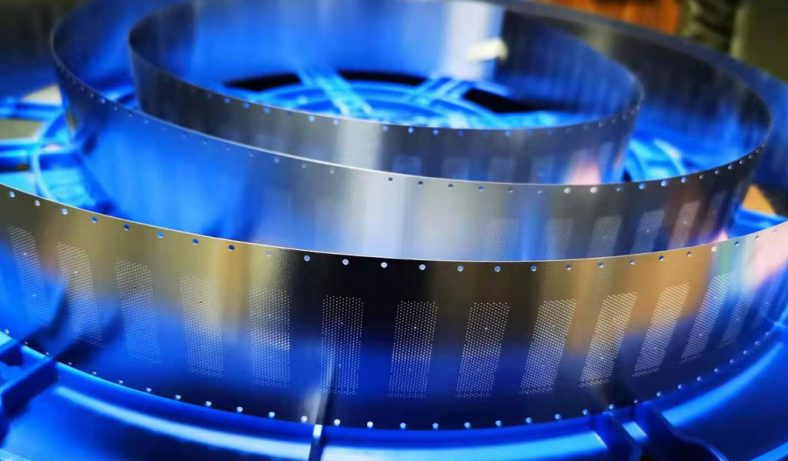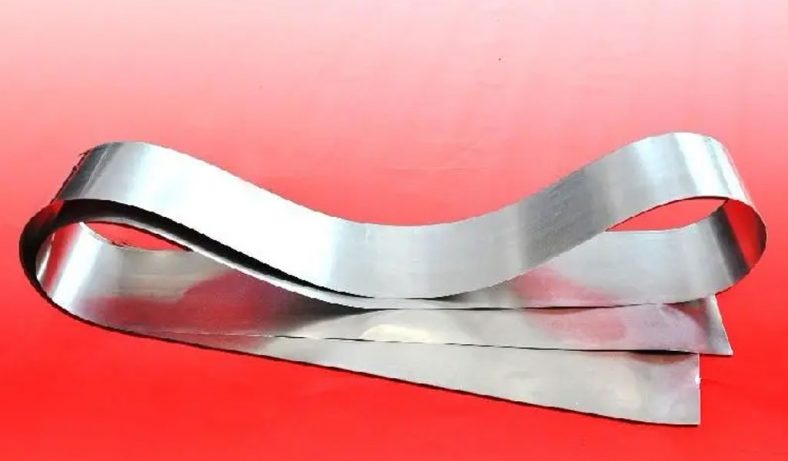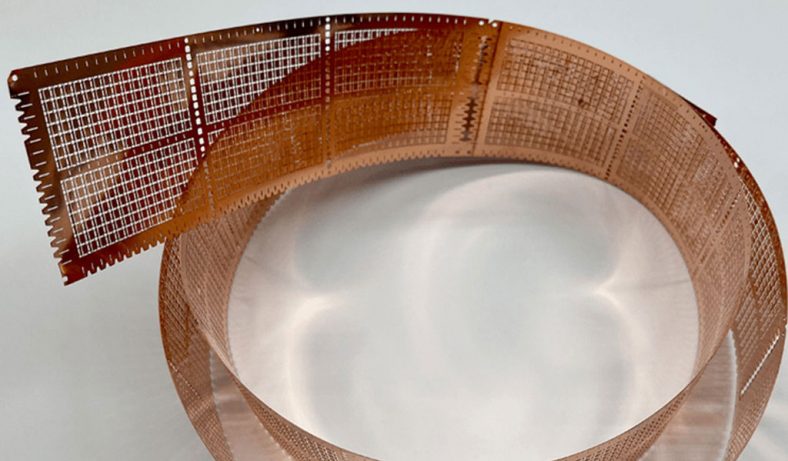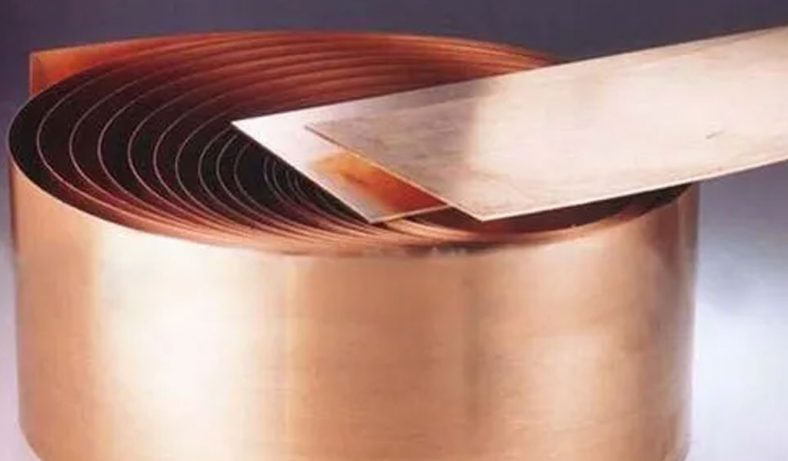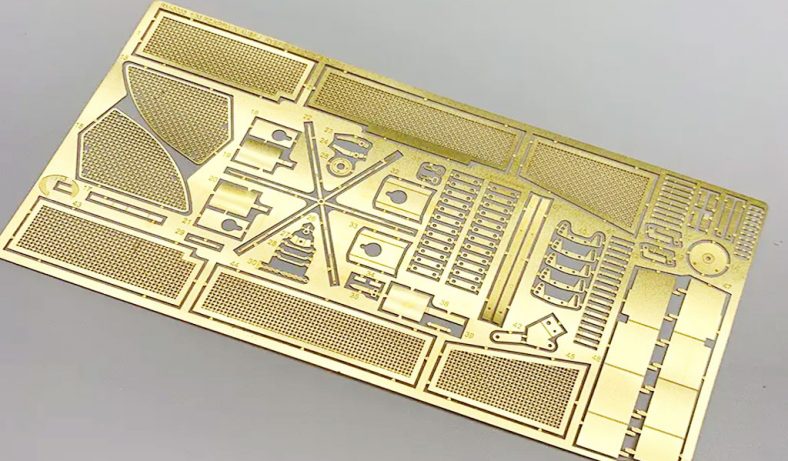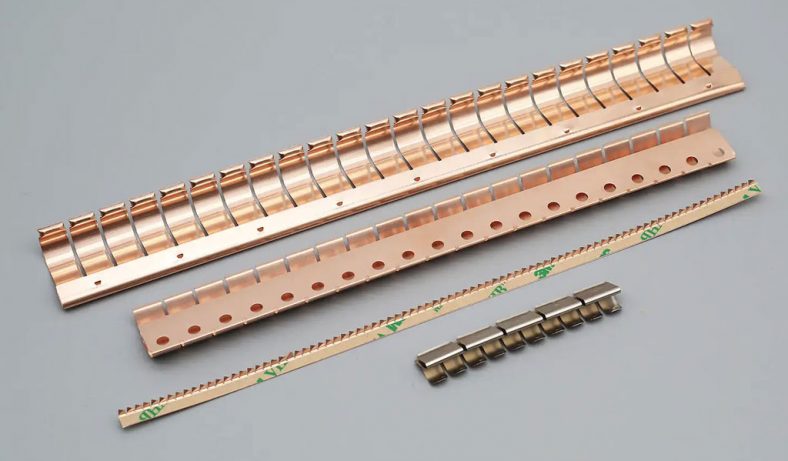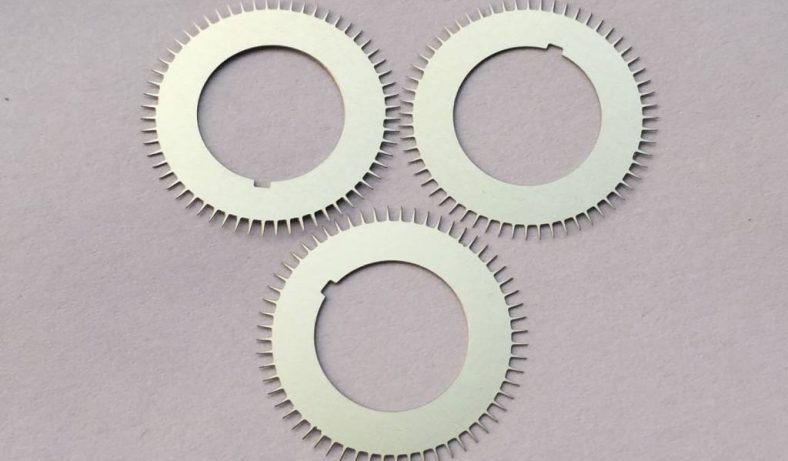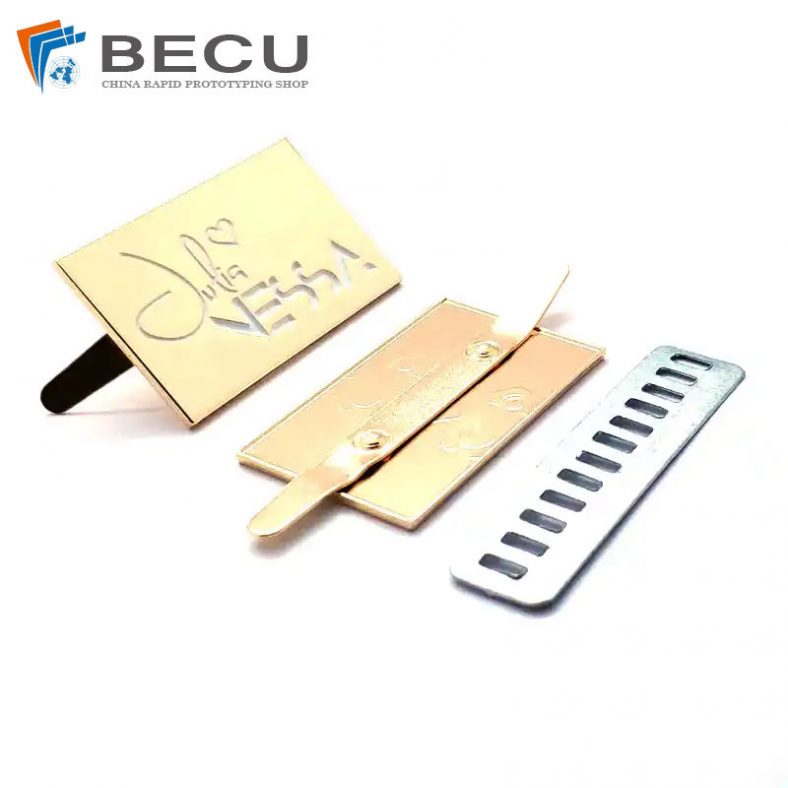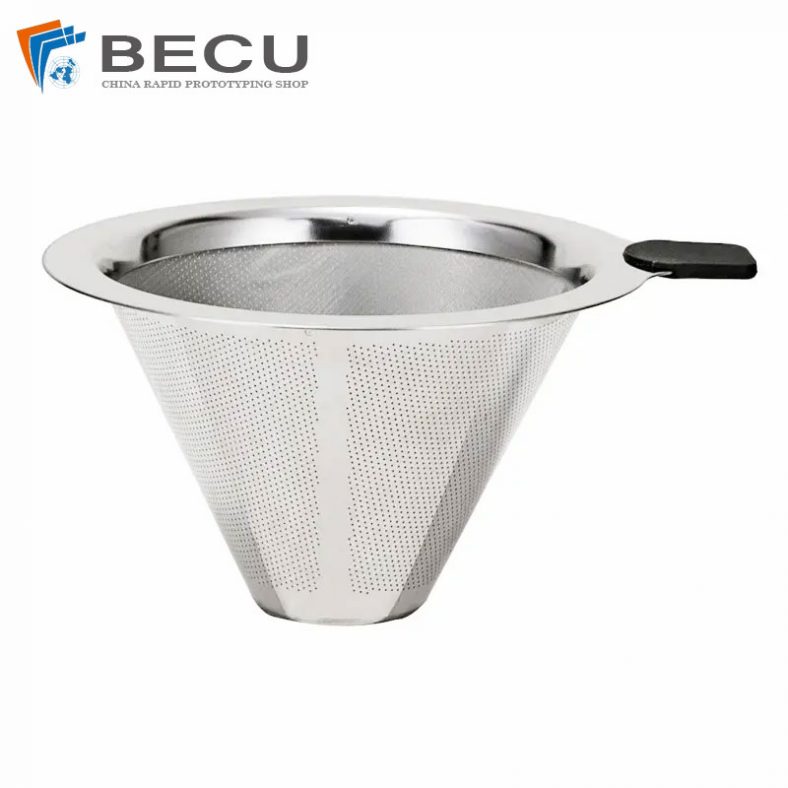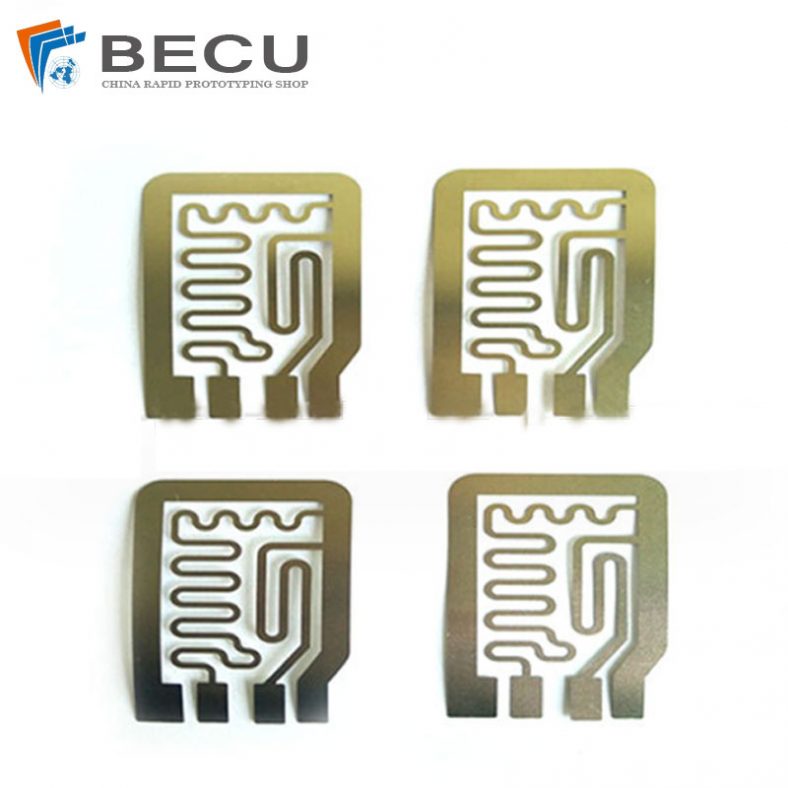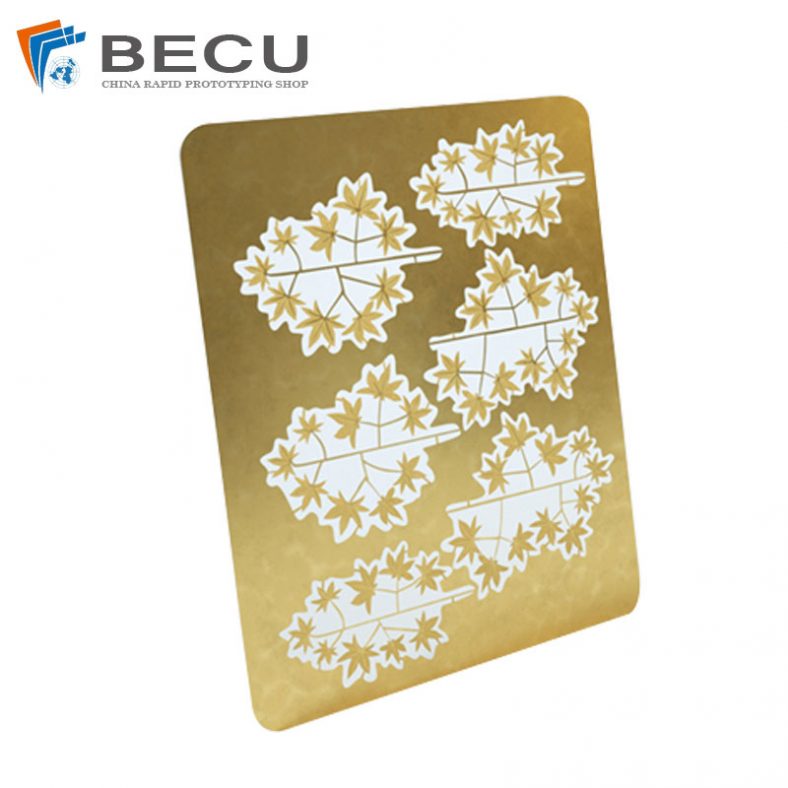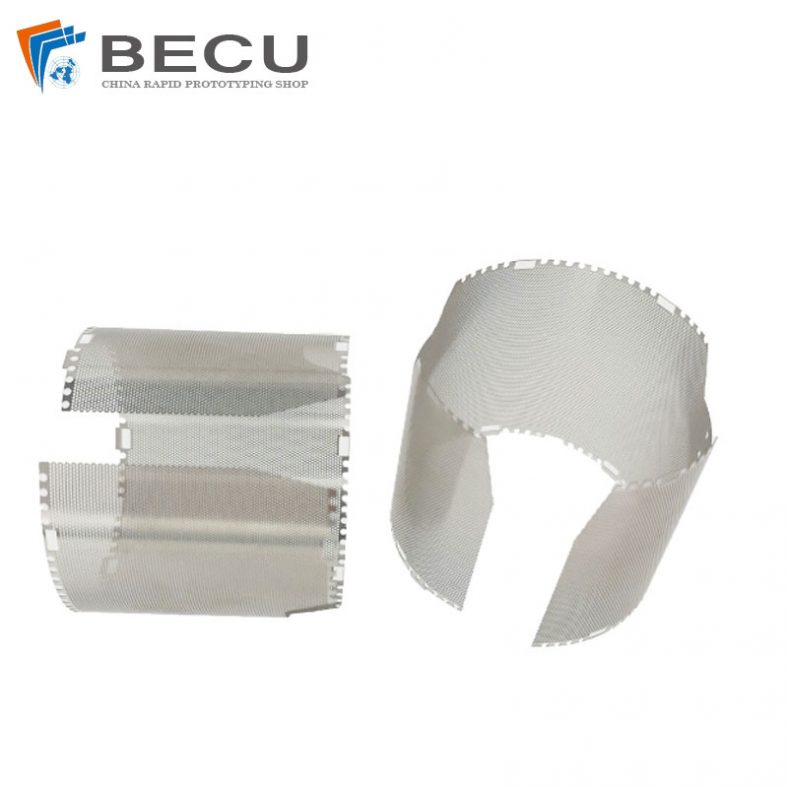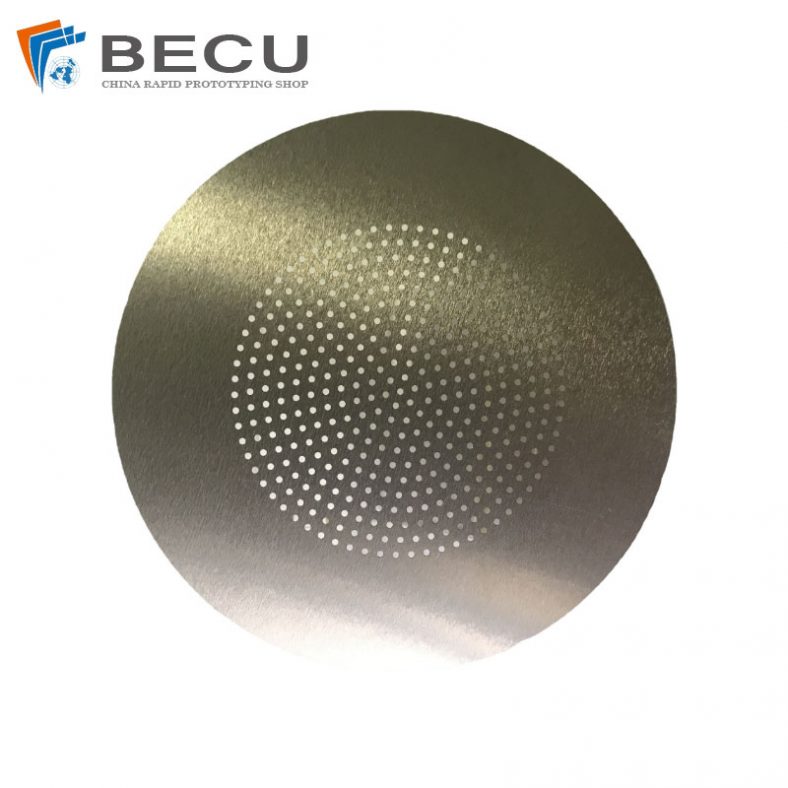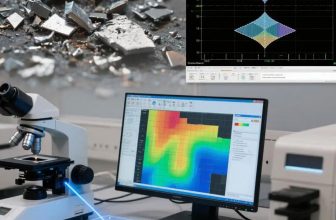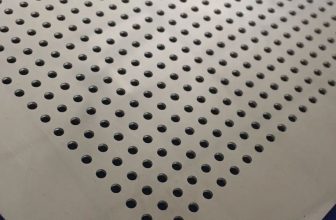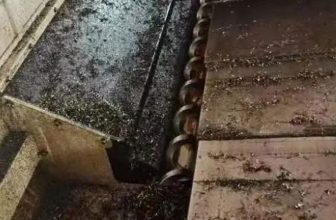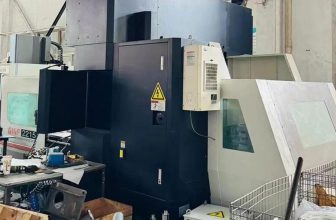Two-dimensional (2D) materials, such as graphene, transition metal dichalcogenides (TMDs), and hexagonal boron nitride (hBN), have emerged as pivotal components in the field of nanoelectronics due to their unique electronic, optical, and mechanical properties. The ability to precisely pattern and etch these materials at the nanoscale is critical for fabricating functional devices, such as transistors, sensors, and optoelectronic components. Etching techniques for 2D materials are broadly categorized into dry etching, wet etching, and emerging methods like atomic layer etching (ALE). This article provides a comprehensive exploration of these techniques, their underlying principles, applications, challenges, and future prospects in nanoelectronics. Detailed comparisons are presented in tabular form to elucidate the advantages, limitations, and suitability of each method for specific 2D materials and device requirements.
Introduction to 2D Materials in Nanoelectronics
Two-dimensional materials are crystalline solids with a thickness of one or a few atomic layers. Their atomic-scale thickness imparts remarkable properties, such as high carrier mobility, tunable bandgaps, and mechanical flexibility, making them ideal candidates for next-generation nanoelectronic devices. Graphene, discovered in 2004, is a single layer of carbon atoms arranged in a hexagonal lattice, exhibiting exceptional electrical conductivity and mechanical strength. TMDs, such as molybdenum disulfide (MoS₂) and tungsten diselenide (WSe₂), offer tunable bandgaps, enabling applications in field-effect transistors (FETs) and photodetectors. Hexagonal boron nitride serves as an insulating substrate or dielectric layer, while black phosphorus and other 2D materials expand the repertoire of available properties.
Etching is a critical step in the nanofabrication of 2D material-based devices. It involves selectively removing material to define patterns, create device geometries, or isolate active regions. The precision, selectivity, and minimal damage to the material’s lattice are paramount, given the atomic-scale thickness of 2D materials. Traditional etching techniques developed for bulk semiconductors, such as silicon, are often unsuitable due to their aggressive nature, which can introduce defects or degrade the properties of 2D materials. Consequently, specialized etching techniques have been developed, balancing resolution, throughput, and material integrity.
This article is structured to cover the principles of etching, detailed descriptions of dry and wet etching methods, emerging techniques, applications in nanoelectronics, and a comparative analysis of their performance. The discussion is grounded in the latest advancements as of May 12, 2025, and includes considerations for scalability and integration into industrial processes.
Principles of Etching for 2D Materials
Etching is the process of selectively removing material from a substrate to create desired patterns or structures. For 2D materials, etching must achieve atomic-scale precision while preserving the material’s intrinsic properties. The key parameters of etching include:
- Selectivity: The ability to etch the target material without affecting underlying or adjacent layers.
- Resolution: The minimum feature size achievable, critical for nanoscale devices.
- Anisotropy: The directional preference of etching, which determines whether vertical or lateral etching dominates.
- Damage Control: Minimizing defects, such as vacancies, edge roughness, or chemical contamination, that degrade device performance.
- Throughput: The speed and scalability of the process for industrial applications.
Etching techniques for 2D materials can be broadly classified into physical, chemical, and hybrid processes. Physical etching relies on mechanical or energetic processes, such as ion bombardment, to remove material. Chemical etching involves reactions between the material and reactive species, such as gases or liquids, to form volatile or soluble byproducts. Hybrid methods combine physical and chemical mechanisms to enhance precision and control.
The choice of etching technique depends on the material’s chemical composition, crystal structure, and the intended application. For instance, graphene’s sp²-bonded carbon lattice is chemically inert, requiring reactive plasmas or oxidative solutions for effective etching. In contrast, TMDs, with their layered structures, are more susceptible to chemical etching but may suffer from anisotropic etching challenges due to their van der Waals bonding.
Dry Etching Techniques
Dry etching encompasses gas-phase processes, typically performed in a vacuum environment, offering high resolution and anisotropy. These methods are widely used in semiconductor manufacturing and have been adapted for 2D materials. The primary dry etching techniques include plasma etching, reactive ion etching (RIE), and ion beam etching (IBE).
Plasma Etching
Plasma etching uses a partially ionized gas (plasma) containing reactive species, such as radicals, ions, and electrons, to etch the material. The plasma is generated by applying an electric field to a gas, such as oxygen (O₂), chlorine (Cl₂), or fluorine-based gases (e.g., SF₆, CF₄), at low pressure. The reactive species chemically react with the material’s surface, forming volatile byproducts that are removed by the vacuum system.
For graphene, oxygen plasma is commonly used due to its ability to oxidize carbon atoms, forming carbon dioxide (CO₂) or carbon monoxide (CO). A typical process involves placing the graphene sample in a plasma chamber, where O₂ gas is ionized at a power of 50–200 W and a pressure of 10–100 mTorr. The etching rate depends on plasma power, gas flow rate, and exposure time, typically ranging from 0.1 to 1 nm/s for monolayer graphene.
TMDs, such as MoS₂, are etched using fluorine-based plasmas (e.g., SF₆ or CHF₃) due to the formation of volatile metal fluorides and sulfur compounds. For example, SF₆ plasma etching of MoS₂ at 100 W power and 50 mTorr pressure achieves an etching rate of approximately 0.5 nm/s. However, fluorine-based plasmas can introduce sulfur vacancies or edge defects, necessitating post-etching treatments, such as annealing, to restore material quality.
Advantages:
- High resolution (sub-10 nm features possible with optimized conditions).
- Anisotropic etching, suitable for vertical sidewalls in device structures.
- Compatibility with semiconductor manufacturing workflows.
Limitations:
- Potential for plasma-induced damage, such as ion bombardment or defect formation.
- Limited selectivity, especially for multilayer 2D materials or heterostructures.
- Equipment complexity and cost.
Reactive Ion Etching (RIE)
Reactive ion etching combines chemical etching with physical ion bombardment. In RIE, the plasma generates both reactive neutral species and energetic ions, which are accelerated toward the substrate by an electric field. The ions enhance the etching process by breaking chemical bonds and promoting the formation of volatile byproducts.
For 2D materials, RIE is particularly effective for patterning complex device geometries. For graphene, a mixture of O₂ and Ar gases in an RIE system (e.g., 20 sccm O₂, 10 sccm Ar, 100 W power, 50 mTorr) achieves precise etching with minimal edge roughness. The argon ions provide physical sputtering, while oxygen radicals drive chemical etching. For TMDs, RIE with Cl₂ or SF₆ plasmas is used to etch MoS₂ or WS₂, with etching rates of 0.2–0.8 nm/s depending on ion energy.
Advantages:
- Enhanced anisotropy compared to plasma etching, ideal for high-aspect-ratio structures.
- Tunable etching rates by adjusting ion energy and gas composition.
- Widely available in semiconductor fabrication facilities.
Limitations:
- Increased risk of lattice damage due to ion bombardment.
- Challenges in achieving uniform etching across large-area 2D materials.
- Potential for redeposition of etched material, requiring careful process optimization.
Ion Beam Etching (IBE)
Ion beam etching, also known as ion milling, uses a focused beam of inert or reactive ions (e.g., Ar⁺, Xe⁺) to physically sputter material from the surface. Unlike plasma-based methods, IBE is performed in a high-vacuum environment with a collimated ion source, offering precise control over the etching direction and depth.
For 2D materials, IBE is less common due to its physical nature, which can introduce significant lattice damage. However, it is used for specific applications, such as etching hBN or graphene nanoribbons, where high precision is required. For example, Ar⁺ ion beam etching at 500 eV and a current density of 0.1 mA/cm² can remove monolayer graphene at a rate of 0.05 nm/s, but careful calibration is needed to minimize defects.
Advantages:
- High directional control, suitable for angled or 3D etching.
- No chemical residues, reducing contamination risks.
- Applicable to chemically inert materials like hBN.
Limitations:
- Low etching rates, limiting throughput.
- Significant lattice damage, requiring post-etching repair.
- Expensive and specialized equipment.
Wet Etching Techniques
Wet etching involves immersing the 2D material in a liquid chemical solution that reacts with the surface to remove material. Wet etching is isotropic, leading to uniform etching in all directions, which can be a drawback for high-resolution patterning but is advantageous for large-area processing or cleaning. Common wet etching methods for 2D materials include acid-based etching, oxidative etching, and electrochemical etching.
Acid-Based Etching
Acid-based etching uses strong acids, such as hydrochloric acid (HCl), nitric acid (HNO₃), or sulfuric acid (H₂SO₄), to dissolve or oxidize the material. For TMDs like MoS₂, a mixture of HNO₃ and HCl (aqua regia) can etch the material by oxidizing the metal and sulfur atoms, forming soluble compounds. A typical process involves immersing the MoS₂ sample in a 1:3 HNO₃:HCl solution at room temperature for 10–30 seconds, achieving an etching rate of 0.1–0.5 nm/s.
Graphene is more resistant to acid etching due to its chemical inertness, but hot HNO₃ (70°C) or piranha solution (H₂SO₄:H₂O₂) can slowly etch defective or multilayer graphene by attacking grain boundaries or edges. The etching rate for graphene in piranha solution is approximately 0.01 nm/s, making it less practical for large-scale patterning but useful for cleaning or thinning.
Advantages:
- Simple and low-cost process, requiring minimal equipment.
- Effective for large-area etching or surface cleaning.
- Minimal physical damage to the lattice.
Limitations:
- Isotropic etching, leading to undercutting and poor resolution.
- Limited control over etching depth, especially for monolayer materials.
- Chemical residues or contamination risks.
Oxidative Etching
Oxidative etching uses oxidizing agents, such as hydrogen peroxide (H₂O₂), potassium permanganate (KMnO₄), or ozone (O₃) solutions, to chemically react with the material. For graphene, H₂O₂ (30% concentration) at 50°C can etch defective regions or edges, forming CO₂ or carboxylic groups, with an etching rate of 0.02 nm/s. For TMDs, KMnO₄ in an alkaline solution (e.g., 0.1 M KMnO₄ in 1 M NaOH) oxidizes the metal and sulfur atoms, enabling layer-by-layer etching at rates of 0.1–0.3 nm/s.
Advantages:
- Selective etching of defective or edge sites, useful for quality control.
- Tunable etching rates by adjusting oxidant concentration and temperature.
- Applicable to a wide range of 2D materials.
Limitations:
- Slow etching rates, limiting throughput.
- Potential for non-uniform etching due to material heterogeneity.
- Environmental and safety concerns with strong oxidants.
Electrochemical Etching
Electrochemical etching involves applying a voltage to the 2D material in an electrolyte solution, driving redox reactions that remove material. For graphene, a setup with a graphene working electrode, a platinum counter electrode, and a 0.1 M Na₂SO₄ electrolyte can achieve controlled etching by oxidizing carbon atoms at the anode. The etching rate, typically 0.05 nm/s at 1 V, depends on the applied potential and electrolyte composition.
For TMDs, electrochemical etching in a KOH solution can selectively remove layers by oxidizing the metal or chalcogen atoms. For example, MoS₂ etched at 0.5 V in 1 M KOH achieves an etching rate of 0.2 nm/s with high uniformity.
Advantages:
- Precise control over etching depth via voltage and current.
- Minimal chemical waste compared to acid-based methods.
- Potential for layer-by-layer etching.
Limitations:
- Complex setup requiring electrodes and precise control systems.
- Limited scalability for large-area processing.
- Sensitivity to material defects or impurities.
Emerging Etching Techniques
As nanoelectronics demands higher precision and minimal damage, emerging etching techniques, such as atomic layer etching (ALE), laser-assisted etching, and plasma-enhanced chemical vapor etching (PECVE), are gaining attention. These methods aim to achieve atomic-scale control and compatibility with 2D material heterostructures.
Atomic Layer Etching (ALE)
Atomic layer etching is a cyclic process that removes material one atomic layer at a time, offering unparalleled precision. Each cycle consists of two steps: (1) surface modification, where a reactive species chemisorbs onto the material, and (2) removal, where the modified layer is desorbed or volatilized. For graphene, ALE using O₂ chemisorption followed by Ar plasma desorption can remove one carbon layer per cycle, with an etching rate of 0.14 nm/cycle. For MoS₂, Cl₂ chemisorption and thermal desorption achieve similar layer-by-layer etching.
Advantages:
- Atomic-scale precision, ideal for monolayer or few-layer materials.
- Minimal lattice damage, preserving electronic properties.
- High selectivity for heterostructures.
Limitations:
- Slow process, with cycle times of 10–60 seconds.
- Requires specialized equipment and precise control.
- Limited to specific material-chemistry combinations.
Laser-Assisted Etching
Laser-assisted etching uses focused laser beams to locally heat or ablate the material, often in the presence of a reactive gas or liquid. For graphene, a 532 nm laser in an O₂ atmosphere can selectively etch patterns with a resolution of 100 nm, achieving an etching rate of 1 nm/s. For TMDs, laser etching in a Cl₂ environment enhances chemical reactions, enabling precise patterning.
Advantages:
- High spatial resolution, suitable for prototyping or small-scale devices.
- Non-contact process, reducing mechanical damage.
- Versatile for various 2D materials and environments.
Limitations:
- Limited throughput due to serial processing.
- Potential for thermal damage or edge defects.
- Expensive laser systems.
Plasma-Enhanced Chemical Vapor Etching (PECVE)
PECVE combines plasma activation with chemical vapor precursors to achieve controlled etching. For example, a CF₄ plasma combined with H₂ vapor can etch MoS₂ by forming volatile fluorides and hydrides, with an etching rate of 0.3 nm/s. This method is still in early development but shows promise for large-area processing.
Advantages:
- Combines plasma and chemical advantages for enhanced control.
- Potential for scalability in industrial settings.
- Reduced ion damage compared to RIE.
Limitations:
- Complex process optimization required.
- Limited data on long-term material effects.
- Emerging technology with few commercial systems.
Applications in Nanoelectronics
Etching techniques are integral to the fabrication of 2D material-based nanoelectronic devices, including transistors, interconnects, sensors, and optoelectronic components. The choice of etching method depends on the device architecture, material stack, and performance requirements.
Field-Effect Transistors (FETs)
2D material FETs, such as graphene or MoS₂ transistors, require precise channel definition and contact patterning. RIE is commonly used to etch the channel region, achieving sub-10 nm features for high-performance transistors. For example, MoS₂ FETs fabricated with SF₆ RIE exhibit on/off ratios exceeding 10⁸ and mobilities of 50–100 cm²/V·s. ALE is emerging for ultrathin channels, enabling single-layer transistors with minimal defects.
Interconnects and Electrodes
Graphene nanoribbons (GNRs) are promising for interconnects due to their high conductivity. Plasma etching or laser-assisted etching is used to define GNRs with widths below 10 nm, although edge roughness remains a challenge. Wet etching, such as H₂O₂-based processes, is used for cleaning or thinning graphene electrodes in flexible electronics.
Sensors and Optoelectronics
2D material sensors, such as gas or biosensors, rely on large-area etching to expose active surfaces. Wet etching with HNO₃ or electrochemical methods is preferred for scalability and cost. In optoelectronics, TMD-based photodetectors require precise patterning of active layers, often achieved with Cl₂ RIE or ALE to minimize optical defects.
Heterostructures and Stacking
2D material heterostructures, such as graphene/hBN/MoS₂ stacks, require selective etching of individual layers. ALE and PECVE are ideal for their high selectivity and minimal damage to underlying layers. For example, ALE of MoS₂ on hBN preserves the dielectric quality of hBN, enabling high-performance capacitors.
Challenges and Future Directions
Despite significant progress, etching 2D materials faces several challenges:
- Defect Management: Most etching techniques introduce defects, such as vacancies, edge roughness, or chemical residues, that degrade device performance. Post-etching treatments, such as annealing or chemical passivation, are often required but add complexity.
- Scalability: While wet etching is scalable, its isotropic nature limits resolution. Dry etching methods, like RIE, are less scalable for large-area 2D materials due to uniformity issues.
- Selectivity in Heterostructures: Etching one layer without damaging underlying or adjacent layers remains difficult, particularly for complex stacks.
- Environmental Impact: Wet etching with strong acids or oxidants raises safety and disposal concerns, while dry etching requires energy-intensive vacuum systems.
Future directions include the development of greener etching processes, such as water-based electrochemical etching or low-power plasmas. Machine learning and process simulation are being explored to optimize etching parameters for specific materials and device geometries. Additionally, hybrid techniques combining ALE with laser or plasma methods may offer a balance of precision and throughput.
Comparative Analysis of Etching Techniques
The following tables provide a detailed comparison of etching techniques for 2D materials, focusing on key parameters and suitability for nanoelectronic applications.
| Technique | Mechanism | Typical Gases | Etching Rate (nm/s) | Resolution (nm) | Anisotropy | Damage Risk | Selectivity | Applications | Limitations |
|---|---|---|---|---|---|---|---|---|---|
| Plasma Etching | Chemical reaction with radicals | O₂, SF₆, CF₄, Cl₂ | 0.1–1.0 | 10–50 | Moderate | Moderate | Moderate | Patterning graphene, TMDs | Plasma-induced defects, equipment cost |
| Reactive Ion Etching (RIE) | Chemical + physical sputtering | O₂/Ar, SF₆, Cl₂ | 0.2–0.8 | 5–20 | High | High | Moderate | FET channels, GNRs | Lattice damage, redeposition |
| Ion Beam Etching (IBE) | Physical sputtering | Ar⁺, Xe⁺ | 0.05–0.2 | 10–100 | High | Very High | Low | hBN etching, nanoribbons | Low throughput, significant damage |
Conclusion
Etching techniques for 2D materials are a cornerstone of nanoelectronics, enabling the fabrication of advanced devices with unprecedented performance. Dry etching methods, such as plasma etching and RIE, offer high resolution and anisotropy but require careful management of lattice damage. Wet etching provides simplicity and scalability but sacrifices precision due to its isotropic nature. Emerging techniques, like ALE and laser-assisted etching, promise atomic-scale control and minimal damage, paving the way for next-generation devices. The choice of etching method depends on the material, device requirements, and fabrication constraints, with ongoing research focused on improving selectivity, scalability, and environmental sustainability. As 2D materials continue to revolutionize nanoelectronics, advancements in etching techniques will play a critical role in realizing their full potential.

